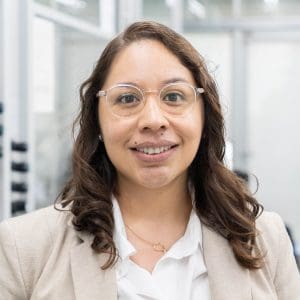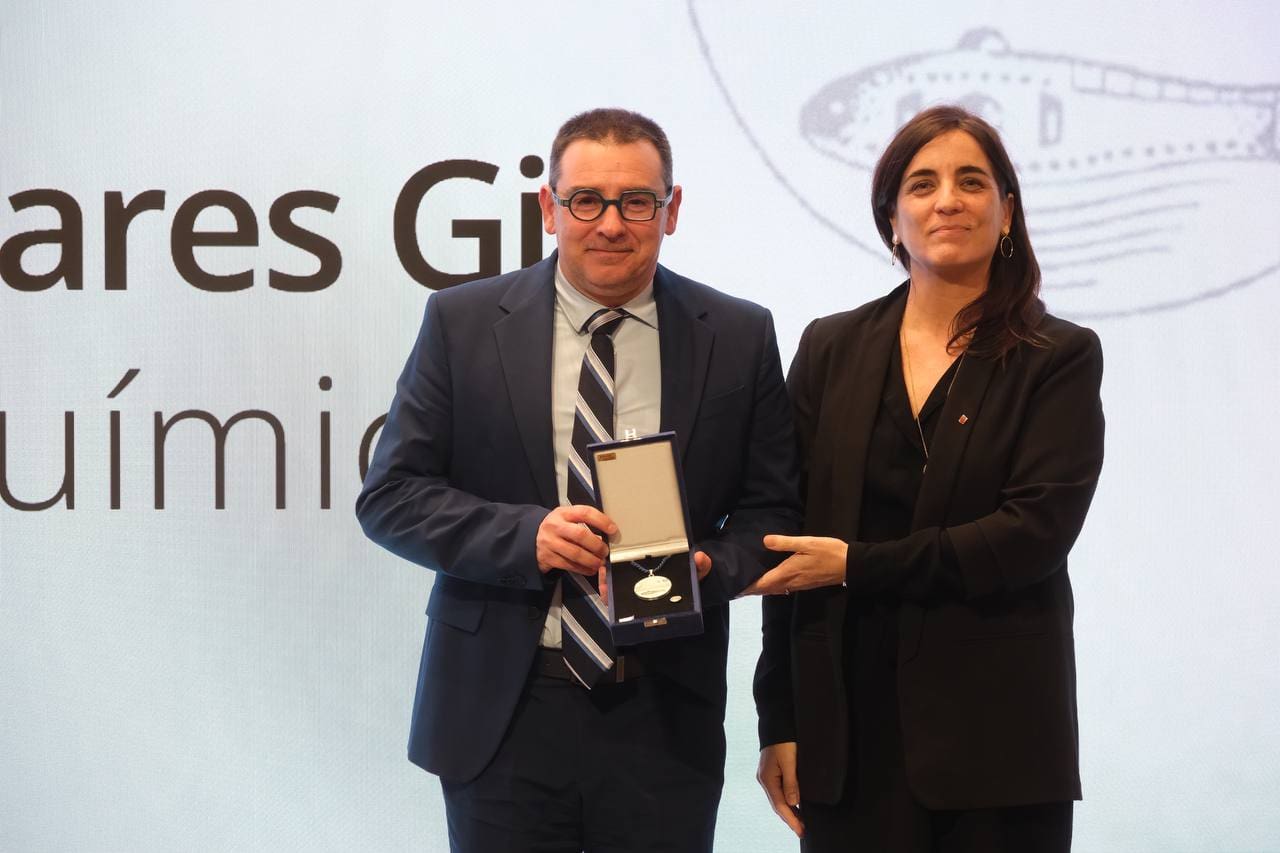- Home
- Resarch
- Research Groups
- Prof. Emilio Palomares
Prof. Emilio Palomares
Molecules and materials for energy devices.
Research
The research in the group is focused on the design and synthesis of molecules and materials for energy devices to optimize their optical and electrical properties. The group explores optoelectronic devices making use of these molecules and materials, which includes solar cells, light-emitting diodes, and (photo) electrocatalysts. The device’s performance is studied by characterizing the charge transfer reactions at the interface using advanced photo-induced transient and steady-state spectroscopy under operating conditions to determine the relationship between molecular structure and device performance.
Our group works on energy-related devices like solar cells and LEDs, and capture and use of CO2.
Highlighted Publications
-
2021 | Energy Environ. Sci.
Understanding the perovskite/self-assembled selective contact interface for ultra-stable and highly efficient p–i–n perovskite solar cells
Aktas, E.; Phung, N.; Köbler, H.; González, D. A.; Méndez, M.; Kafedjiska, I.; Turren-Cruz, S. H.; Wenisch, R.; Lauermann, I.; Abate, A.; Palomares, E. -
2020 | Angew. Chem. Int. Ed.
Minimization of Carrier Losses for Efficient Perovskite Solar Cells through Structural Modification of Triphenylamine Derivatives
Rodriguez-Seco, C.; Mendez, M.; Roldan-Carmona, C.; Pudi, R.; Nazeeruddin, M. K.; Palomares, E. J. -
2020 | J. Am. Chem. Soc.
Improved Carrier Collection and Hot Electron Extraction Across Perovskite, C60, and TiO2 Interfaces
Jiménez-López, J.; Puscher, B.M. D.; Guldi, D. M.; Palomares, E. -
2022 | Commun. Mater.
Challenges and strategies toward long-term stability of lead-free tin-based perovskite solar cells
Aktas, E.; Rajamanickam, N.; Pascual, J.; Hu, S.; Aldamasy, M. H.; Di Girolamo, D.; Li, W.; Nasti, G.; Martínez-Ferrero, E.; Wakamiya, A.; Palomares, E.; Abate, A.
Our team
Life Group and Community
Our research group is a lively and dynamic team. Researchers collaborate very much in multidisciplinary projects from solar-to-energy conversion devices to catalysts for CO2 reduction. Often, the researchers gather together with their families to enjoy outdoor activities such as running, cycling or swimming in the sea. Palomares group members are known as Palomarian@s and, as they stated: Once Palomares, Always Palomares.
Job offers
| Title | Reference | Deadline | |
|---|---|---|---|
| FPI‐ICIQ Pre-Doctoral Fellowships 2024 - FPI-ICIQ 2024-04 AK | Reference: 5763024 |
|
APPLY |
| Project Researcher Innovation and Valorisation Laboratory (KTT 2025-03) | Reference: 5738323 |
|
APPLY |
| ICIQ IVORI PhD PROGRAMME 2025 - FIRST CALL | Reference: 5708535 |
|
APPLY |
| IVORI MASTER FELLOWSHIP PROGRAMME 2025 | Reference: 5708486 |
|
APPLY |
| Postdoctoral Researcher (Ref: Postdoc 2025-06 KV) | Reference: 5707322 |
|
APPLY |
| Postdoctoral Researcher (Ref. Postdoc 2025-07 EP) | Reference: 5738215 |
|
APPLY |

Let's create a brighter future
Join our team to work with renowned researchers, tackle groundbreaking
projects and contribute to meaningful scientific advancements













































